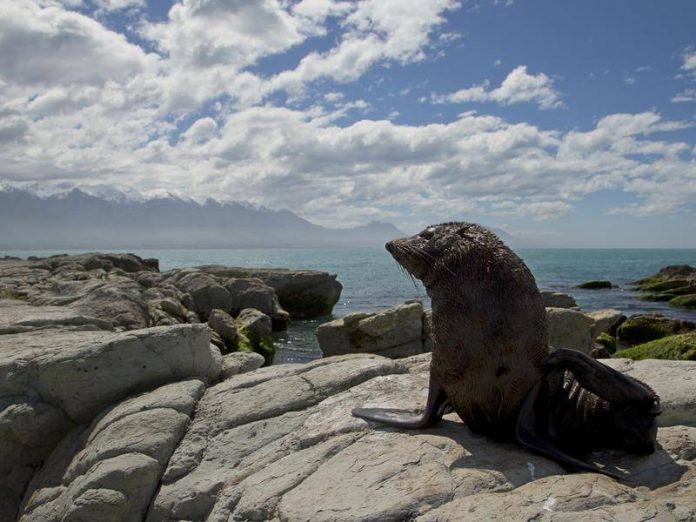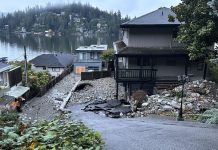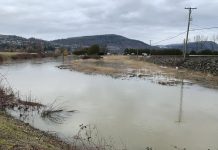New Zealand had its fourth-warmest year on record in 2019, with above average temperatures across the country.
The warming trend continued last year which clocked in as New Zealand’s fourth warmest since 1909 with an average temperature of 13.37°C.
NIWA’s annual climate summary shows it’s now been 35 months since New Zealand had a month with below average temperatures.
Five of the past seven years have been among New Zealand’s hottest on record.
Australia’s Bureau of Meteorology also released annual figures for Australia today. Its data shows 2019 was Australia’s hottest and driest year.
The hottest year on record for New Zealand was 2016 with a nationwide average temperature of 13.45°C. The years 1998 and 2018 are tied in second place with an average of 13.41°C.
Victoria University of Wellington Professor James Renwick said the warm trend shows New Zealand is as affected by climate change as the rest of the world.
“The year 2019 was our fourth warmest on record. In the past 20 years, only four had annual mean temperatures below the 1981-2010 average, so 80 percent of those years were warmer than average. In the first 20 years of the record (1909-1928), only four (20 percent) had annual mean temperatures above the 1981-2010 average. That’s how a warming climate works, we see ups and downs but the chances of a warm year are increasing all the time.
“There were some cold spells in 2019, with a dozen daily low temperature records broken. But they were far outweighed by high temperatures, with over 100 new daily high temperature records broken.”
Last year started with an unusually warm January, partly driven by warmer sea temperatures around coastlines. The heat was also felt inland with a record temperature of 38.4°C recorded at Hanmer Forest.
By February a 40-day dry spell in Nelson contributed to the fires in Tasman District. The battle to put it out was the country’s largest ever aerial firefight, requiring 23 helicopters and two planes at its peak. The 40-day stretch with no rain was the fourth longest dry spell the area had seen since 1862.
The heat continued into March which clocked in as New Zealand’s second equal warmest March in history.
Winter months were warmer too, with July the second warmest on record.
November 2019 was the hottest November since records began as a northwesterly blew warm air from Australia to New Zealand. Kawerau recorded a high of 34.6°C.
During the year temperatures of 35°C and above were recorded in Hanmer Forest, Waiau, Lake Tekapo and Blenheim.
Of the six main centres, Tauranga was the warmest, Dunedin was the coolest, Wellington was the wettest, Christchurch was the driest, Auckland was the sunniest, and Dunedin was the least sunny.
Dusty and soggy
Much of the North Island experienced a dry year, while parts of the South Island drowned in near-record setting deluges.
Below normal rainfall was recorded across Northland, Auckland, Bay of Plenty as well as parts of the Waikato, Hawke’s Bay, Wairarapa and Marlborough.
Some of NIWA’s monitoring stations had their driest year on record. These included Kaitaia, Whangārei, Hamilton, Masterton and Auckland’s Western Springs.
In Westland and western Southland it was a different story. Manapouri had its second wettest year in history and Hokitika and Milford their fourth wettest.
A trend of fewer windy days than normal continued with 2019 being in the fifth year in a row with fewer than usual windy days experienced between Auckland and Christchurch. Winds of over 62km/hr were only recorded on 29 days.















